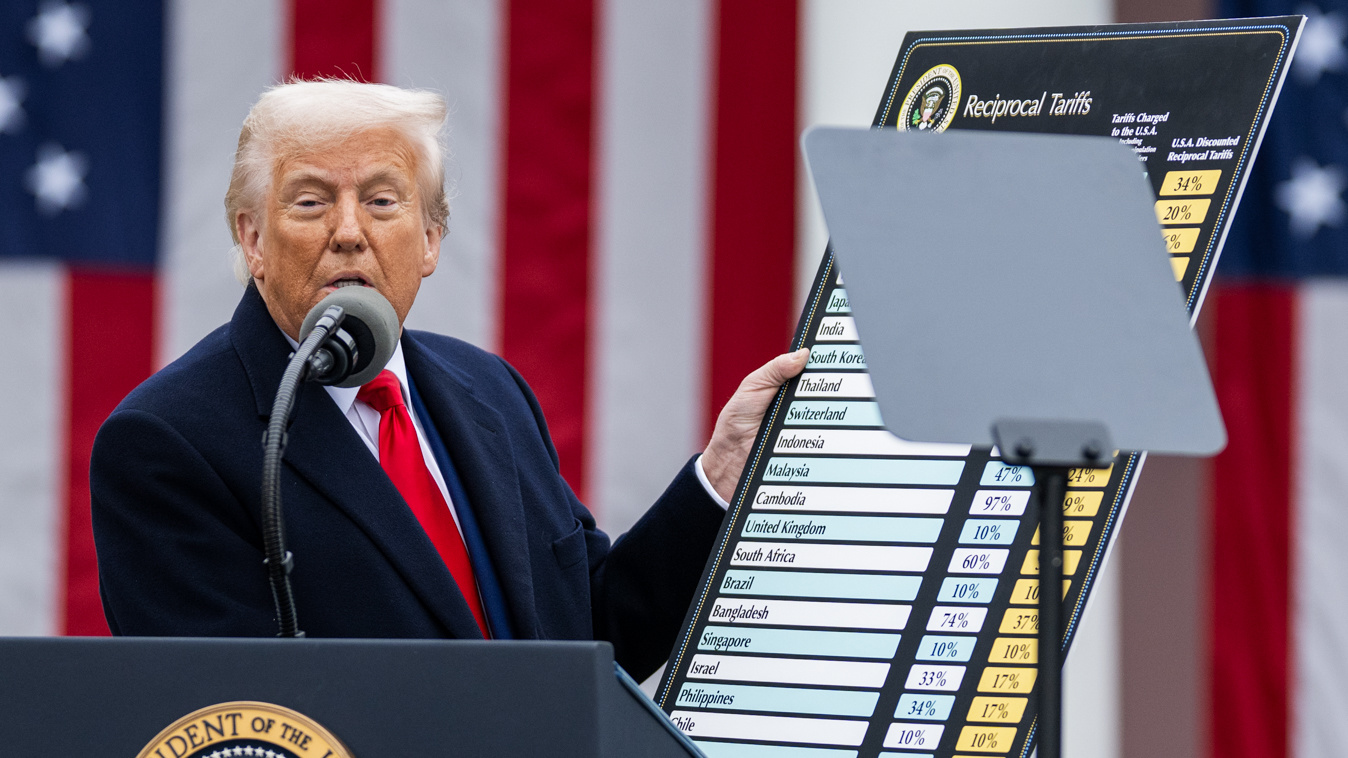WASHINGTON — The Coalition for a Prosperous America (CPA) and China Tech Threat today jointly released a white paper titled “Maintaining U.S. Leadership in Semiconductors and Countering China’s Threats.” The paper examines the decline in U.S. market share in global semiconductor manufacturing, the attendant risks to U.S economic and national security, and why maintaining U.S. leadership in the semiconductor industry is critical for the U.S. It also documents China’s efforts to become the global leader in the semiconductor industry and increasing dependence on foreign semiconductor manufacturers, especially Taiwan Semiconductor Manufacturing Corporation (TSMC), which accounts for over half of global chip foundry revenue, including chips used in almost every 4G and 5G smartphone. Importantly, the white paper provides key policy recommendations to lawmakers in order to rebuild the U.S. semiconductor industry and restore the U.S. to its position as the world’s leading designer and manufacturer of semiconductors.
Read the full report by Jeff Ferry, CPA Chief Economist, and Roslyn Layton, PhD, co-founder of China Tech Threat, here.
“The U.S. semiconductor industry is in danger of being surpassed by foreign competitors, especially those in China. In their haste to become fabless, asset-lite companies, the new generation of chipmakers have deprived us of the essential manufacturing base and put our chip design capabilities at risk too,” CPA Chief Economist Jeff Ferry said. “The solution is for the federal government, in partnership with private chipmakers, to relaunch the U.S. chip manufacturing capability, beginning with new fabs for cutting-edge logic chips. If we are truly a global superpower, then the U.S. must supply at least 50% of its own needs in this essential sector.”
“If the U.S. continues to relinquish its market share in the semiconductor industry, America’s economy, national security, and hardworking men and women in the manufacturing industry will all pay a steep price,” said China Tech Threat Co-Founder Dr. Roslyn Layton. “Policymakers know what needs to be done to regain our competitive edge, but they need to prioritize and commit to these actions. By strengthening enforcement of export controls, doubling down on chip manufacturing here in the U.S. and focusing on strategic coordination with international partners, the U.S. can restore its leadership and reap the benefits for the long-term.”
Key Findings:
- China is targeting global leadership in the semiconductor industry and has put some $120 billion of Chinese government money behind this campaign. Chinese domination of the semiconductor industry, if achieved, would make the U.S. dependent on China for these vital components and endanger Americans’ security when chips are used for sensitive products and installations.
- Dependence on Taiwan has left the United States particularly exposed. One company, TSMC, accounts for over half of global chip foundry revenue, including chips used in almost every 4G and 5G smartphone. China’s long-term policy options include undermining or gaining control over TSMC’s business through a variety of means, ranging from competition to outright military conquest of the island of Taiwan. More largely, China’s aggression in the region threatens suppliers from nearby countries that produce a large and growing share of semiconductors used in items ranging from smartphones and automobiles to military vehicles.
Key Policy Recommendations:
- The U.S. must strengthen its enforcement of the 2018 Export Control and Reform Act. U.S. semiconductor equipment makers and electronic design automation tool companies must be prevented from selling to entities with Chinese military ties. Today, that enforcement is too weak, and the list of restricted companies does not capture the breadth of the relevant entities. For example, firms like Applied Materials, KLA, and Lam Research sell to Yangtze Memory Technologies (YMTC) and ChangXin Memory Technologies (CXMT), companies that should be designated as Military End Users–if not Entity List actors–for their ties to the Chinese military.
- Building on its leadership in chip design, the U.S. must implement reforms to support a substantial increase in U.S. chip manufacturing, with a goal of producing 50 percent of semiconductors in every major category. This will strengthen U.S. national security and diversify supply and resiliency. Moreover, it will create hundreds of thousands of high-paying manufacturing jobs in America.
- U.S. policymakers should focus on greater international coordination on strategic trade control to ensure that semiconductor inputs and equipment are not sold to Chinese military end-users. U.S., European, and Japanese suppliers produce 90 percent of semiconductor manufacturing equipment. The U.S. should provide leadership to these nations and their companies in order to strengthen trade outside of China and beyond its influence. As a leader and innovator in the semiconductor industry, the U.S. should resume its position as the world’s leading manufacturer of semiconductors.











